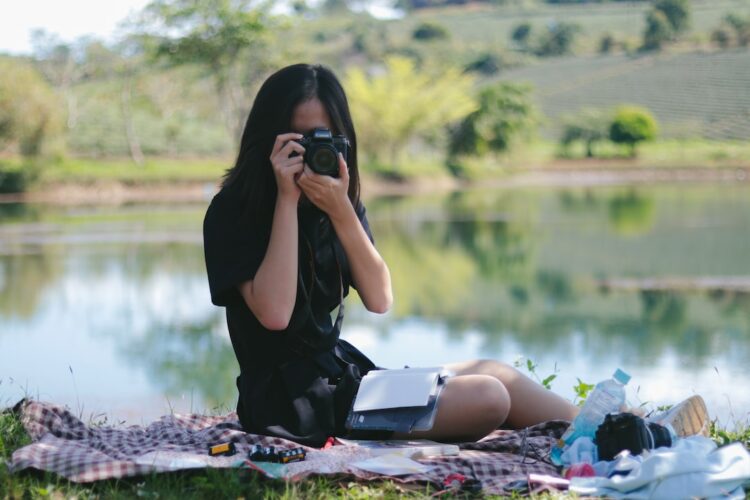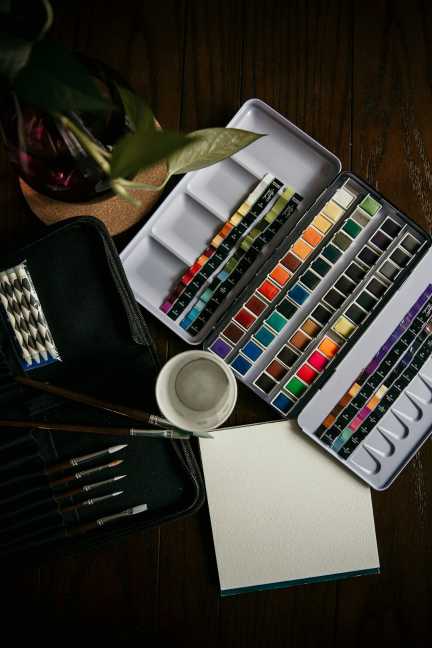Bookbinding is an age-old craft that has brought joy and satisfaction to countless individuals throughout history. In a world dominated by digital convenience, there is something innately satisfying about creating a physical object with your hands, particularly when it comes to making personalized journals. Whether you are an artist, a writer, or simply someone seeking a creative outlet, bookbinding offers a wonderful way to unleash your imagination and create a unique space to capture your thoughts and ideas.
The first step in bookbinding is gathering the necessary materials. You will need paper, a ruler, a bone folder, an awl or needle, an X-Acto knife, thread or dental floss, a needle, and bookbinding glue. Additionally, you may want to consider adding decorative elements such as colored paper, fabric, or ribbon to make your journal truly personalized.
Once you have collected your materials, the next step is to prepare the pages for binding. Start by cutting your paper into equal-sized sheets. The number of sheets will depend on how thick you want your journal to be. A good starting point is around twenty to thirty sheets. Once you have your cut sheets, you will need to fold them in half, creating the pages of your journal. To ensure crisp and clean folds, use a bone folder to run along the fold line several times.
After folding all your sheets, it is time to create the cover for your journal. Consider using a heavy cardstock or even a piece of decorative cloth for added durability and visual appeal. Cut the cover to the same size as your folded pages, leaving a slight overhang on each side for a professional finish. You can further personalize your cover by adding embellishments such as stickers, drawings, or even your own artwork.
With your pages and cover ready, it is time to create the binding. This is where the awl or needle comes into play. Using the ruler as a guide, carefully mark evenly spaced holes along the folded edge of your pages and cover. The number of holes will depend on your personal preference and the size of your journal. However, an odd number of holes, such as three or five, tends to result in a more visually balanced binding.
Once you have marked the holes, use the awl or needle to pierce through the pages and cover at each marked point. Maintain a firm grip on the book to prevent any shifting during this step. Be mindful not to pierce through your fingers during the process, as the needle can be quite sharp.
Once all the holes are created, it is time to start binding. This is often done using a simple and versatile binding technique known as the saddle stitch. Take a length of thread or dental floss, approximately three times the height of your pages, and thread it through the needle.
Starting at the center of your journal, pass the needle and thread through the middle hole from the inside out. Leave a few inches of thread on the inside as a tail. Moving towards one edge, pass the needle and thread through the next hole from the outside in. Continue this crisscross pattern until you reach the final hole.
After reaching the last hole, loop the thread around the outside of the journal and pass it through the same hole again from the inside. This will create a secure knot that will keep your journal intact. Tie off the loose ends of the thread, trim them, and voila! You have a beautifully bound, personalized journal ready to be filled with your thoughts, drawings, and ideas.
The joy of bookbinding lies not only in the creative process but also in the satisfaction of holding a tangible product that you put so much effort into creating. Each journal you make will be a unique reflection of your personal style and creativity. Whether you decide to keep them for yourself or gift them to friends and loved ones, handmade journals are an exquisite way to capture your thoughts and preserve your memories. So why not give bookbinding a try and experience the joy for yourself?












